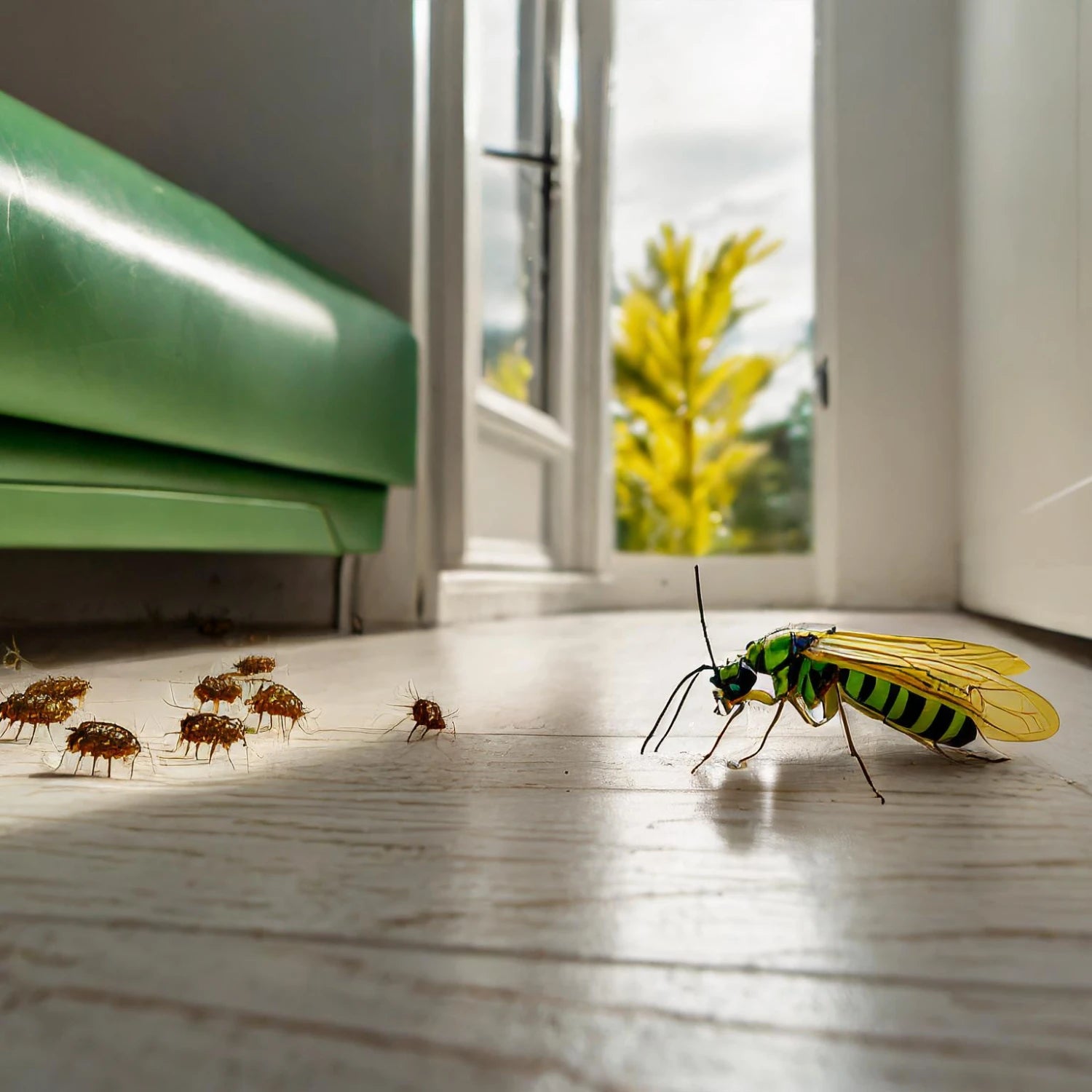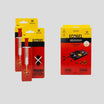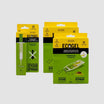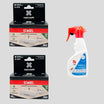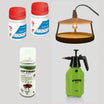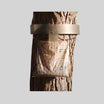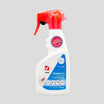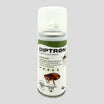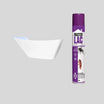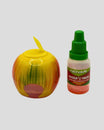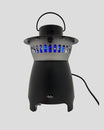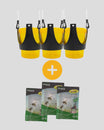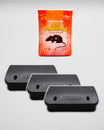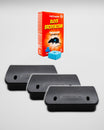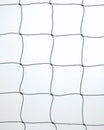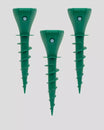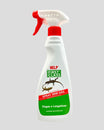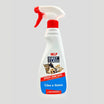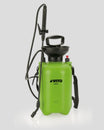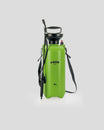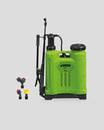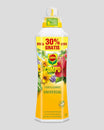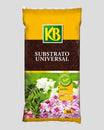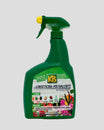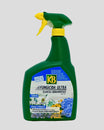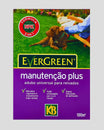When we talk about rodents, we think of rats, squirrels and beavers, but the truth is that they are the most numerous class of mammals, with around 2,000 species. We find various types of rodents all over the world, depending on the ecosystem that each species prefers. There are rodents that are aquatic, others that prefer the forest and still others that prefer the desert.
The diet of rodents also varies according to the species, but there is one element that unites them: their teeth. All rodents have only one pair of incisor teeth in the upper jaw and another in the lower jaw, followed by a space and one or more molars and premolars. None of them have more than four incisors and none have canines. And the most curious part? These incisor teeth never stop growing, being worn down as the animal gnaws on materials such as branches and bark.
What types of rats are there?
There are some species of rodents that can be domesticated and become pets. Some of these species are the Twister Dumbo , the Gerbil and the famous hamsters. These types of rodents tend to be playful and docile which, together with the fact that they are small, makes them appealing as pets.
But there are other species of rodents that are not so welcome. Destruction of property and the spread of disease are two of the main reasons why rodents are one of the most destructive urban pests in the world.
➡️ House Mouse
The house mouse is a species that has adapted well to urban centres. Although it prefers to create burrows in the ground, we are increasingly finding house mouse nests in domestic environments such as homes and workplaces. With a reproductive capacity that renews itself every 28 days, each house mouse can have around 4 to 7 offspring at a time. In terms of eating habits, this animal eats a bit of everything, but prefers seeds and cereals from which it obtains the only water it needs to survive. Like any rodent, house mice need to be constantly gnawing to sharpen their teeth. This is why one of the first signs of a house mouse infestation is the marks they leave on electrical cables, cupboards or packaging.
➡️ Field mouse
The field mouse has a head that is distinct from its body, with well-developed eyes and ears, a pointed snout and a long tail. They are small rodents, with a body length of around 10 cm. This species of rodent is commonly found in woods and bushes, but also in agricultural areas, meadows and, sometimes, construction sites where it can camouflage and hide. This type of mouse feeds on the most abundant resources in its environment: seeds, plants, fungi, earthworms, snails, among others.
➡️ Black rat or roof rat
These rodents are up to 21 cm long and can weigh up to 300 grams, which is why they are often confused with rats. They have fine, grey or black fur, large ears, webbed feet and a thin tail that can measure up to 25 cm. They are nocturnal and, as their name suggests, excellent climbers. The roof rat has a life expectancy of one and a half years and prefers to live in groups. Their nests are found in attics, bushes, cracks and similar places.
➡️ Marsh Rat or Water Rat
Marsh rats have a more rounded snout than house rats, dark brown fur, and furry tails, paws, and ears. This species is known for being expert swimmers and divers who prefer not to live in large groups. Nests of these rats can be found near cool, damp areas such as stream banks, meadows, grassy areas, or even near septic tanks and drains.
🐁 What is the difference between a mouse and a rat?
As we have seen above, all rodents have similar teeth and some of them share other traits such as color or size. But looking closely at the characteristics of each species and understanding their habits is the best way to identify the pest we have in our hands. And when it comes to distinguishing mice from rats, there are some elements that can help:
Physical distinctions between mouse and rat:
An adult rat's ears are larger than those of a rat, and its tail is longer than its body. A young rat's head and feet are larger than its body. Rats tend to have a more pointed nose, while rats have a thicker nose. Rats are usually light gray or brownish in color with a lighter shade on their bellies. Rats have a lighter color under their tails.
Eating habits of mice and rats:
The common rat prefers cereals and tends to cut the grains when eating them, giving them the appearance of slices. It always looks for food in the same places and drinks more water during the day than the mouse.
The black rat prefers fruit and is more difficult to control as it prefers to feed in different places every night.
The house mouse can survive without water, but crushes grains when it consumes them. It prefers cereals and tends to always look for food in the same places.
Location of rat and mouse nests:
Common rats live in burrows or on the ground. They are sometimes seen outdoors and near sewage systems, which can explain some of the damage to pipes. The common rat moves with the soles of its feet and leaves oily stains on the surfaces it walks on.
Black rats like mild climates, so it is easy to find nests inside buildings, sometimes under roofs. This species of rat moves on the tips of its feet, leaving spaced spots wherever it goes.
House mice prefer the ground, but they can also nest inside buildings. A house mouse infestation can take longer to identify, as they stay in the same place for a long time, but they tend to leave more grease stains that, together with dirt and urine, can form small piles.
Mouse and rat droppings
Rat droppings are large (between 9 and 15 mm long), brown, and conical in shape, similar to grains of rice.
The black rat produces long, thin droppings, but smaller than those of the rat. The droppings of the house mouse range from 3 to 8 mm in size, are granular and are often found near nests.
There are several ways to identify a rat infestation, but knowing their habits and main characteristics allows you to identify the species of rodent. Identification is essential to controlling this urban pest — one of the most destructive in the world. If you suspect that you have a rodent infestation at home or outdoors, we can help you recognize the signs of infestation and choose the right products to solve the problem.
Recomended Products


